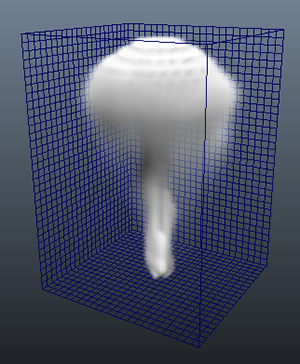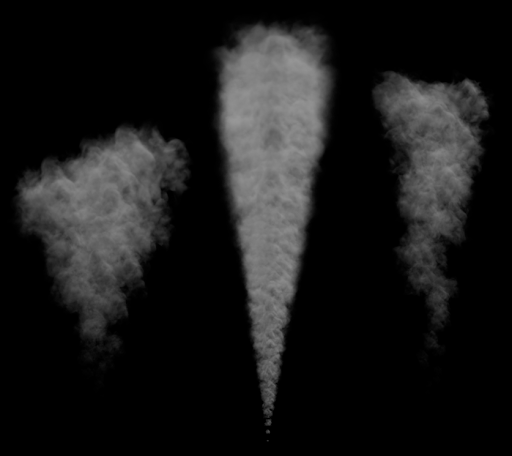Description
Particle systems are a very important element of video games that provide realism and immersion to the player. These, combined with post-production effects, provide details and complete the scene visually so that it does not appear that something is missing or that the scene is empty. They are only important on a visual level, there are also mechanics that can be based on this type of simulations.
The problem with this type of simulations is that if you want to achieve very realistic results, they require a large calculation of physics and rendering that affect the general performance of the game, therefore, it is important to find a system that achieves a point means that combines a good result that is credible for the player, with good optimization that does not drastically affect the performance of the game.

To develop this system, two different particle systems will be created, one that physically realistically simulates a smoke simulation with a realistic density rendering, using Ray Tracing and simulation caching techniques for further optimization.
On the other hand, the other system will be more focused on optimization, designed to affect performance as little as possible, but also designed to achieve results that are completely credible for the player. This last system will be designed to be used like the Unity or Unreal particles, which give more flexibility to create all types of systems.
The objective will be to compare performances and results of both systems to determine which is more optimal to be used in a real time context and which is more appropriate to be used in a context where calculation times are not as relevant as the industry may be. cinematographic.
